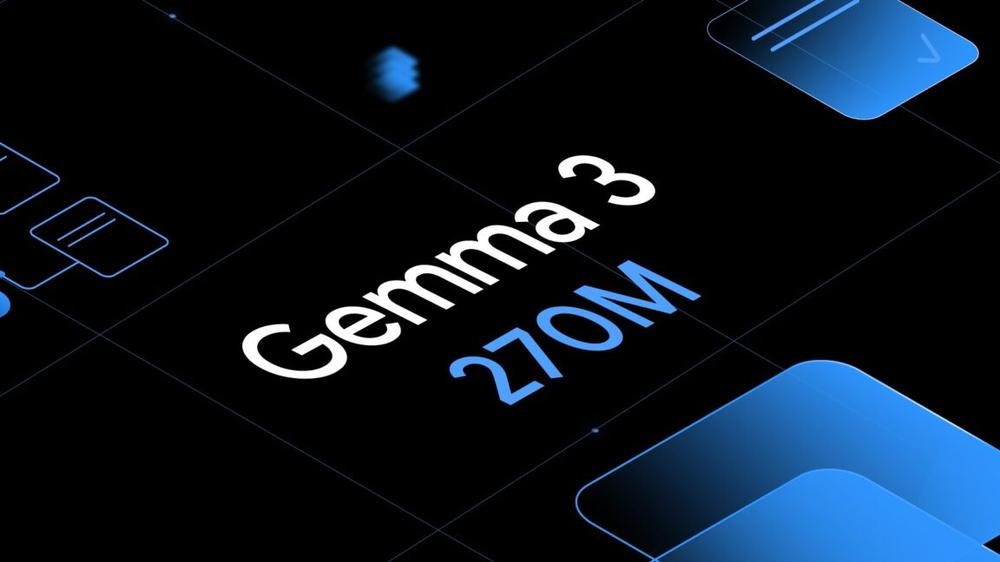Big tech has spent the last few years creating ever-larger AI models, leveraging rack after rack of expensive GPUs to provide generative AI as a cloud service. But tiny AI matters, too. Google has announced a tiny version of its Gemma open model designed to run on local devices. Google says the new Gemma 3 270M can be tuned in a snap and maintains robust performance despite its small footprint.
Google released its first Gemma 3 open models earlier this year, featuring between 1 billion and 27 billion parameters. In generative AI, the parameters are the learned variables that control how the model processes inputs to estimate output tokens. Generally, the more parameters in a model, the better it performs. With just 270 million parameters, the new Gemma 3 can run on devices like smartphones or even entirely inside a web browser.
Running an AI model locally has numerous benefits, including enhanced privacy and lower latency. Gemma 3 270M was designed with these kinds of use cases in mind. In testing with a Pixel 9 Pro, the new Gemma was able to run 25 conversations on the Tensor G4 chip and use just 0.75 percent of the device's battery. That makes it by far the most efficient Gemma model.
Developers shouldn't expect the same performance level of a multi-billion-parameter model, but Gemma 3 270M has its uses. Google used the IFEval benchmark, which tests a model's ability to follow instructions, to show that its new model punches above its weight. Gemma 3 270M hits a score of 51.2 percent in this test, which is higher than other lightweight models that have more parameters. The new Gemma falls predictably short of 1 billion-plus models like Llama 3.2, but it gets closer than you might think for having just a fraction of the parameters.
Google claims Gemma 3 270M is good at following instructions out of the box, but it expects developers to fine-tune the model for their specific use cases. Due to the small parameter count, that process is fast and low-cost, too. Google sees the new Gemma being used for tasks like text classification and data analysis, which it can accomplish quickly and without heavy computing requirements.
Mostly open
Google refers to Gemma models as "open," which is not to be confused with "open source." This situation is the same in most ways, though. You can download the new Gemma for free, and the model weights are available. There's no separate commercial licensing agreement, so developers can modify, publish, and deploy Gemma 3 270M derivatives in their tools.
However, anyone using Gemma models is bound by the terms of use, which prohibit tuning the models to produce harmful outputs or intentionally violating privacy rules. Developers are also responsible for detailing modifications and providing a copy of the terms of use for all derivative versions, which inherit Google's custom license.
Gemma 3 270M is available from platforms like Hugging Face and Kaggle in both pre-trained and instruction-tuned versions. It's available in Google's Vertex AI for testing, too. Google has also highlighted the capabilities of the new model with a fully browser-based story generator built on Transformer.js (see above). You can give that a shot even if you're not interested in developing with the new lightweight model.

 Japan says Russian military obtained banned machine tools via Chinese firms
Japan says Russian military obtained banned machine tools via Chinese firms